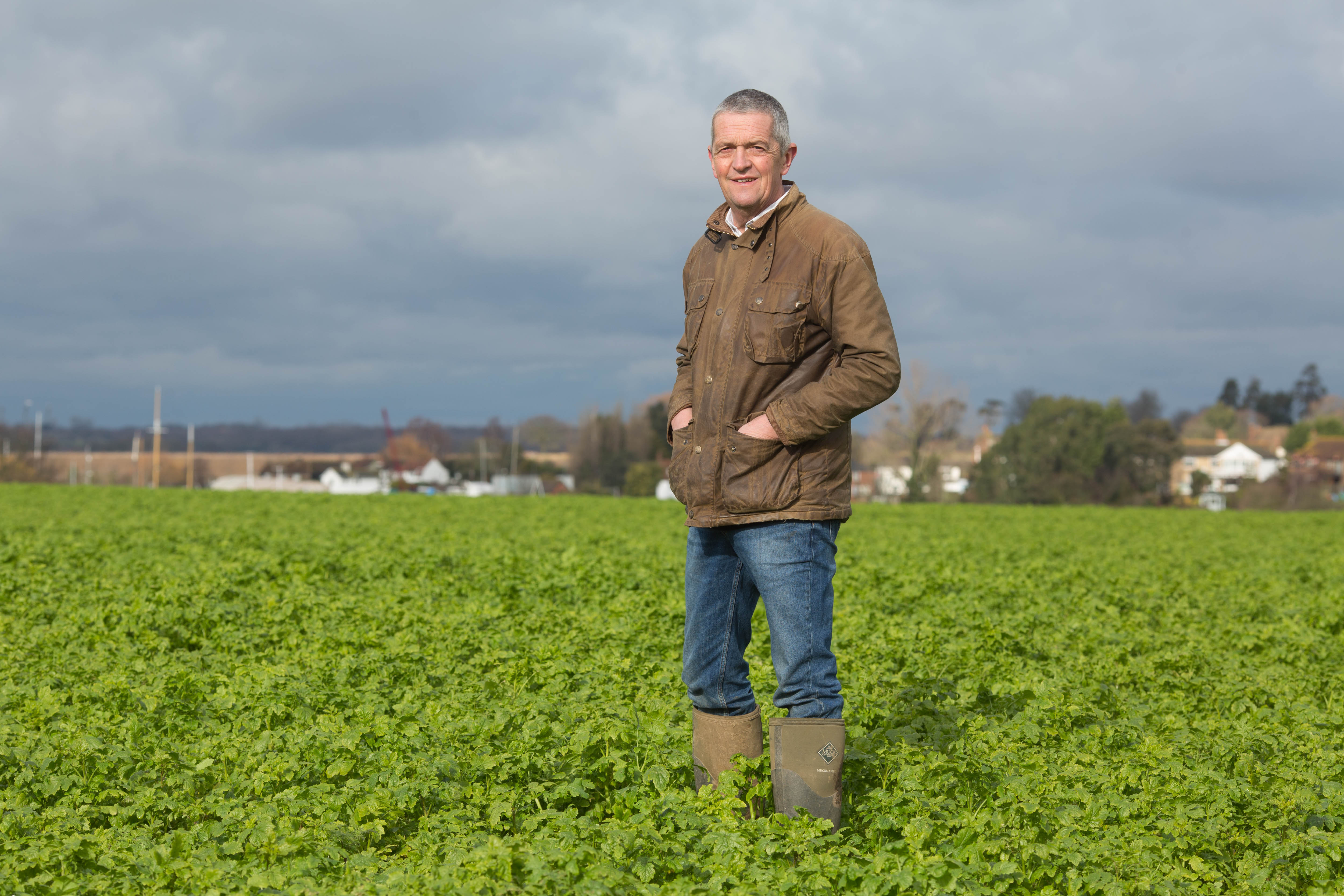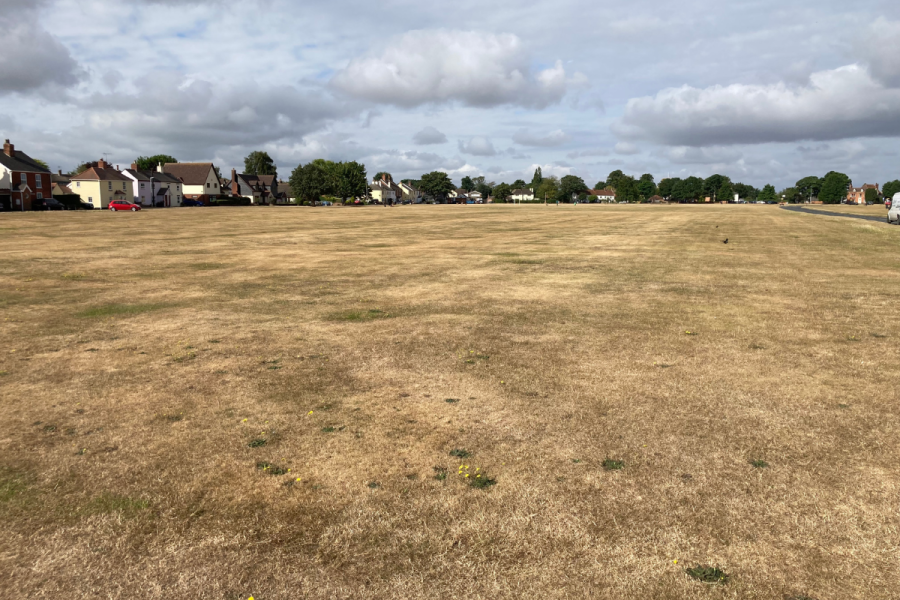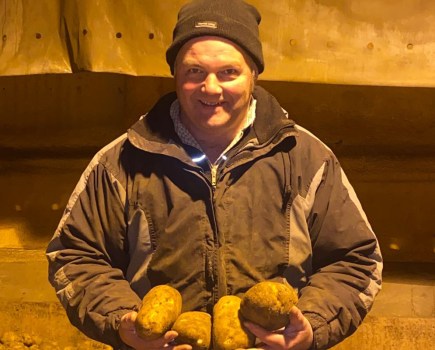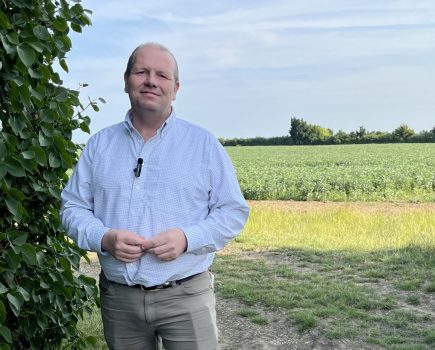By Guy Smith
 While I can be fairly sure you will be reading this in August, I’m not too confident what season it will be. Ordinarily, the month of August is high summer but this year it could feel more like autumn. For starters, harvest for us is complete nearly a month early and the ripe blackberries in the hedges suggest Mother Nature was put through some sort of time accelerator in July. Crops that looked green were suddenly roasted ripe.
While I can be fairly sure you will be reading this in August, I’m not too confident what season it will be. Ordinarily, the month of August is high summer but this year it could feel more like autumn. For starters, harvest for us is complete nearly a month early and the ripe blackberries in the hedges suggest Mother Nature was put through some sort of time accelerator in July. Crops that looked green were suddenly roasted ripe.
The question now is that given we are a month ahead of ourselves, will there be some sort of seasonal pause in September to put things back in sync with the equinox or are we to expect winter to arrive in November?
As I write, the countryside looks like the Australian Outback – with bleached fields and dead pasture interspersed with the green of the trees and hedges which, although stressed, seem to be shrugging off the worst of the drought with their roots still finding subsoil moisture. Presumably this is due to the fact 2021 was a wet year for us with 28 inches of rain, that being 25% more than average.
In what appears to be a levelling exercise, 2022 is on track to be 25% drier than average. Having said that, I’m reminded of the old farming lore that spring and summer droughts are usually followed by wet backends that disrupt the autumn drilling programme. At the moment that seems a long way off, with seed beds being prepared for oilseed rape looking more like brick rubble than a decent tilth.
One theme that harvest 2022 will probably be remembered for is the fire risk and the burnt acres. As for yields, things seem better than I feared given the lack of rain. I’ll confess to having had some very mean thoughts as I looked at some of the high wheat yields being reported on Twitter. I wondered if the lily was getting an unusually heavy gilding this harvest because some were conscious that there might soon be an insurance claim to fill out due to a field fire, involving an estimated yield calculated by reference to already harvested acres.
Like fisherman’s tales of the gargantuan catch that was never quite landed, burnt acres can invoke a conviction that the crop that was never harvested was destined to be a barn buster. But I shouldn’t be so cynical about my fellow farmers and their claimed yields. I’m sure most of us are as straight as our laser guided combine cuts when we meet the loss adjuster.
Another cynical thought I had during harvest, which I am truly ashamed of, was while listening to the news of another Russian missile strike on Odessa. Rather than showing a decent humanitarian concern for the welfare of the Ukrainians suffering at the hands of appalling aggression, my first thought was whether it would ginger up the wheat price.
On reflection, it’s not the first time a little devil has sat on my shoulder taking pleasure from someone else’s misery in the hope it will improve my gross margins. Whether it’s grim droughts in the mid-west or disastrous flooding in continental Europe, these can be welcome phenomenon for anyone looking for a bull run on the world cereal markets.
But what’s happening in Ukraine is a reminder that actually there are far more important things than the wheat price.
This article was taken from the latest issue of CPM. For more articles like this, subscribe here.




